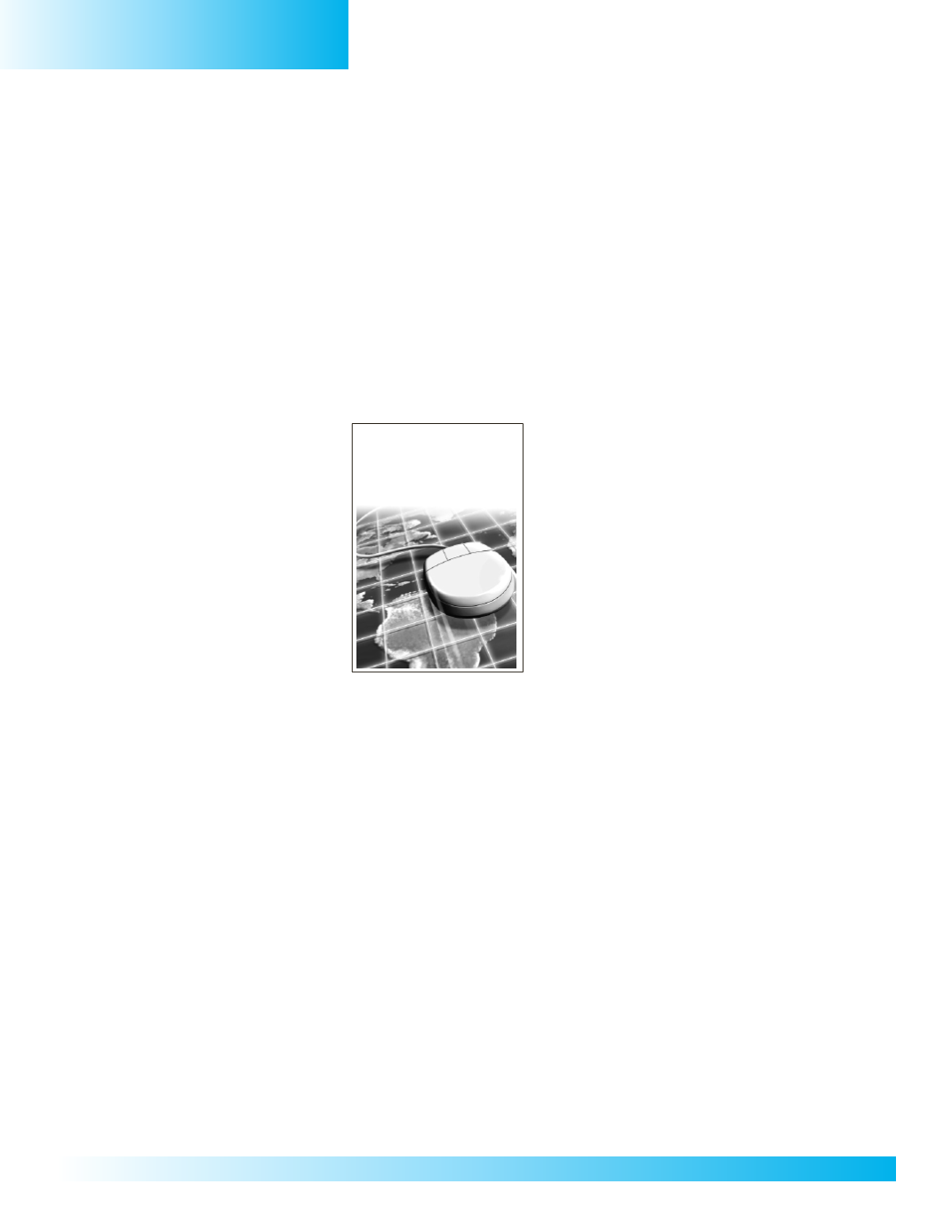
PENNSVALLEY
36
COPYRIGHT
Central Europe
Lesson 20:
Political Features of Central Europe
Central Europe is the third regionwewill study.Central Europe includes 11 countries that are part
of theEuropeanmainland.
1) Belgium
, the
2) Netherlands
(also referred toasHollandor theDutch),
and
3) Luxembourg
are themost densely populated countries inEurope.Geographers refer to these
countries as the
“LowCountries”
becauseof their flat landscapes.Since1948, these countries have
alsobeencalled
“Benelux”
becauseof theeconomicunion they formed to tradegoods freely.Benelux
became the world’s first free trade union. Benelux is an important part of a larger union of European
countries known as the EuropeanUnion, or CommonMarket. Learnmore about the EuropeanUnion
by completing theClick & Learn below.
TheNetherlands isespeciallyknown for its flat landscapes.One thirdof its landarea liesbelowsea
level.Muchof this landhasbeen reclaimed from the seaand isnowbeingused for agriculture, homes,
roads, andoutdoor living spaces.To thenorthandwest of theNetherlands is theNorthSea.Germany
lies to the east and to the south is Belgium.
Like the Netherlands, Belgium
has coastline on the North
Sea. Belgium has been strongly
influencedby itsneighbors.Today,
the influences of other countries
canbe seen in the languages that
are spoken.People in thesouthern
half of Belgium speak French.
Dutch, the official language of the
Netherlands, is spoken in the
northern part of the country. In the
far eastern part of the country,
German is spoken in an area
bordering Germany. Even in the
capital city of Brussels there is no single, official language.BothFrenchandDutcharewidely spoken.
The tinycountryofLuxembourg is locatedbetween theBelgium,Germany,andFrance.Letzburgesch is the
native languageof thepeopleof Luxembourg, but FrenchandGermanareconsideredofficial languagesas
well.AlthoughLuxembourg is small country, it playsa very important part in theEuropeanUnion.
FollowingWorldWar II,
4) Germany
was split apart into Communist-controlled East Germany and
democraticWest Germany. In 1990, after the collapse of communism in theSoviet Union, East andWest
Germanywere reunited to form a single democratic country.Today, a unified and democraticGermany is
the second most populated country in Europe, and one of the world’s industrial leaders. Germany has
been amajor force behind the establishment of the European Union and a single European currency.
5) Switzerland
and
6) Austria
border Germany on the south. Between Switzerland and Austria, in the
RhineRiverValley, is the tiny country of
7) Liechtenstein.
Only 25miles longand less than4mileswide,
Liechtenstein is dependent on the Swiss for major services, such as mail and telephone. Switzerland is
Europe’smost multi-lingual country.Multi-lingual is a great new vocabularyword.Multi-lingual means that
Switzerland ishome toanumber of languages.TheSwissspeakGerman, French, Italian, andRomansch.
Romansch is spoken in isolated Alpine villages. German is the official language of Austria and
Liechtenstein.
In the center of Europe are the countries of
8) Poland
,
9) CzechRepublic
,
10) Slovakia
, and
11)
Hungary
.FollowingWorldWar II, thesecountriesbecamepart of theSovietUnionand theCommunist
bloc of nations. In the 1980s major political reforms in the Soviet Union resulted in Poland,
Czechoslovakia, and Hungary breaking free from Soviet control. In 1993, Czechoslovakia split
peacefully and formed two new countries, theCzechRepublic andSlovakia.
Complete a
ResearchOrganizer
on the
EuropeanUnion (EU)
. Individual file
folders should include research on the
following questions:
1)Whenwas the
EU
formed andwhowere
the original members?
2)What are themain jobs of thEU?
3)What is a
Euro
?
4) Ask your teacher for aPolitical Map of
Europe from the
BlacklineMaster File
(BLM).
Create amap legend and color
in the countries of theEuropeanUnion.
Click
&
Learn


